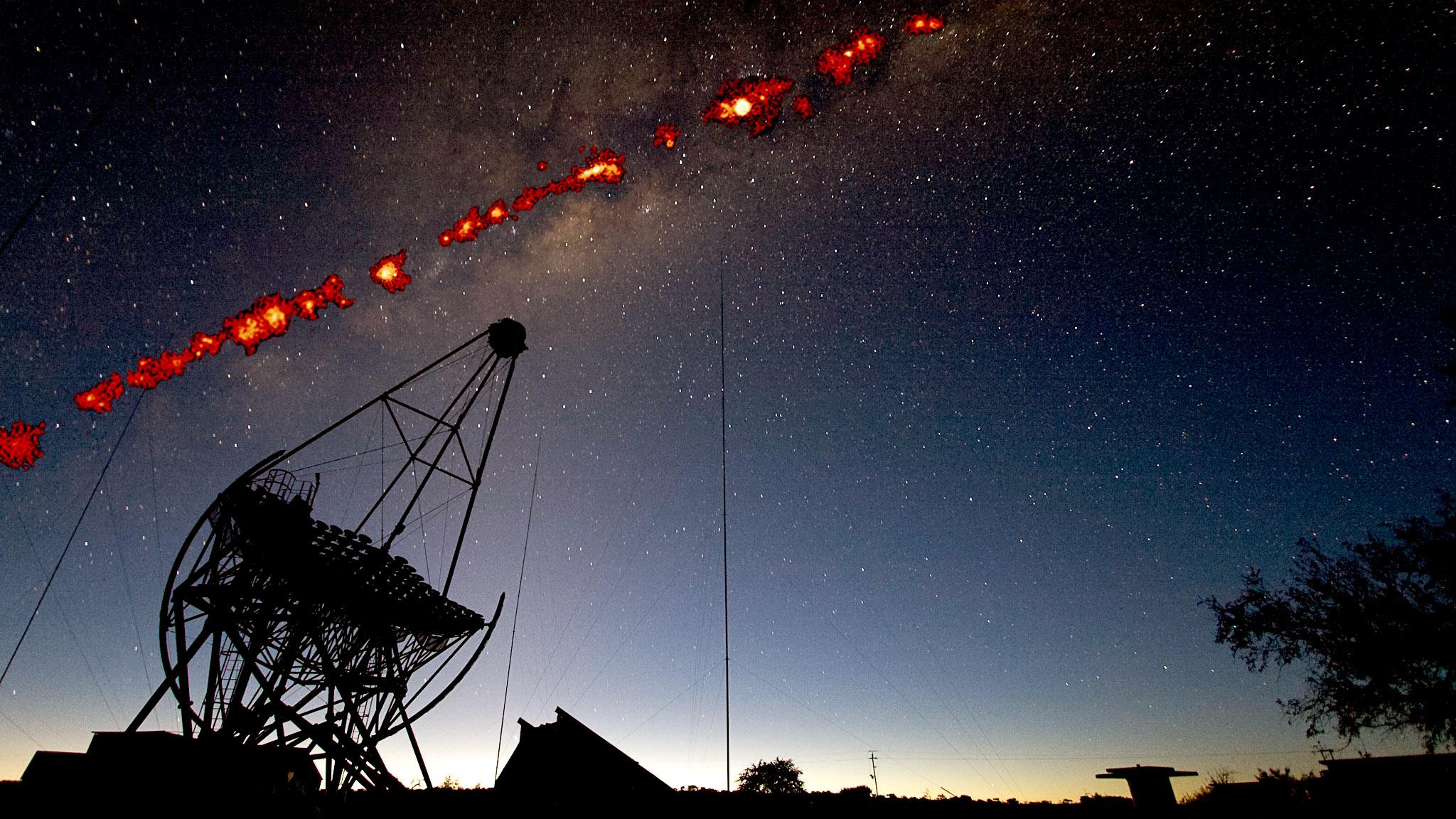News
Jacco Vink to use large grant to seek out the sources of gamma rays

Astrophysicists and GRAPPA member Jacco Vink has received an NWO Large Investment grant in the amount of 1.5 million euros from the Netherlands Organisation for Scientific Research (NWO). The grant money will enable the Netherlands to develop and manufacture highly specialised cameras for the future southern Cherenkov Telescope Array (CTA), which is scheduled for construction in northern Chile. Jacco Vink will implement this project together with astronomers and physicists from the University of Amsterdam (GRAPPA members Sera Markoff and Christoph Weniger), the University of Groningen (Manuela Vecchi and Andrey Baryshev) and the NOVA lab located at the latter.
The array of 50 telescopes will indirectly measure the gamma-ray photons (particles of light) that enter our atmosphere and then generate a cloud composed mainly of electrons that are moving at close to the speed of light. This causes the electrons to emit a bluish light known as Cherenkov radiation. CTA’s telescopes register this nanosecond-long flashes of blue light and identify the direction in which the electron cloud is moving. In doing so, the CTA actually uses the atmosphere as a detector: the larger the portion of the atmosphere that is being looked at, the more sensitive the CTA is. And when the same flash is detected using multiple telescopes, it is possible to much more accurately determine the direction in which the electron cloud is moving. This, in turn, enables the scientists to more precisely identify the direction of the original gamma-ray photon as well. That is why they use so many telescopes.
Measuring the flash from multiple angles enables them to reconstruct the direction from which the gamma rays came and how much energy the gamma ray photon had. In this way, the location of a gamma ray source can be pinpointed to a precision of 0.1% of the lunar diameter, while images can be made with a pixel size of 10% of the lunar diameter. Known sources of gamma rays include jets created by black holes, the remnants of supernovas and neutron stars, though it might also be emitted when neutron stars merge and set off gravitational waves. Massive particles of dark matter can emit gamma rays as well. CTA hopes to shed new light on the composition of this mysterious and dark component of the universe.
CTA is a European project with international partners including the United States, Japan and Australia. While Dutch astronomers have been involved in the scientific plans for CTA for some time, countries are required to contribute to the array’s construction before they can participate in the CTA observation project. Thanks to the NWO Large grant, the Netherlands will now be able to make such a contribution. The Dutch project will be led from within the UvA, in close cooperation with the University of Groningen and the NOVA lab it hosts, which specialises in the development and construction of astronomical detectors via serial production. This NOVA team will build the detectors for the 50 telescopes that are meant to enable CTA to measure extremely high-energy gamma rays between 10 and 100 tera-electronvolts (TeV).